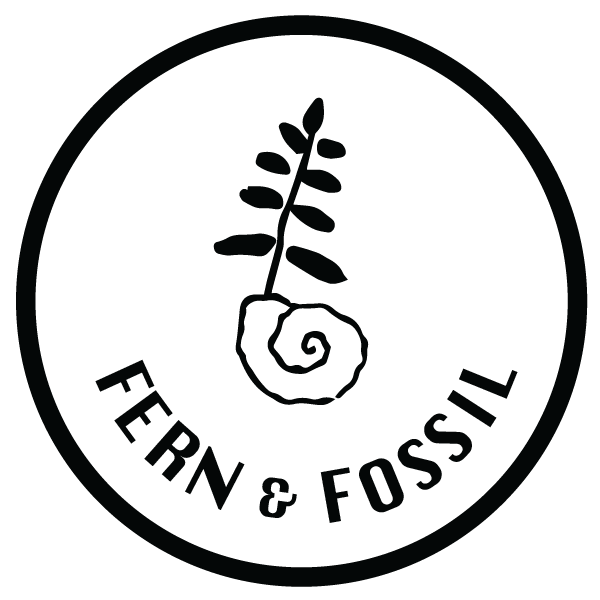Ina’s Crystal Corner: Pyrite
We’re back with another installment of Ina’s Crystal Corner! But first, I’d like to share some personal developments: I got engaged! My fiancé proposed on my birthday in July with a beautiful moss agate and moissanite ring. Ironically, moissanite is a form of carborundum, which we covered last in June so check it out if you haven’t already. Perhaps in the future I’ll do a segment on gardening with moss agate, but this month we’re learning all about Pyrite!
Pyrite is an iron sulfide mineral known known for its gold-like appearance due to its metallic luster and yellow brassy coloring. Hence, it’s also referred to as Fools Gold and sometimes used in spiritual practices to attract abundance, wealth, and luck. Pyrite is made of many cubic crystals and brittle in texture. Although I’d argue I’ve had great experiences using Pyrite to attract new opportunities, I have mixed thoughts on using it in my indoor gardening. Unlike other crystals I’ve covered in this series, Pyrite is not the most plant friendly crystal. Although adding Pyrite to my plants wasn’t disastrous, it certainly didn’t appear to be very helpful.
Pyrite can make soil more acidic when exposed to moisture and oxygen. And given the fact that plants need to be watered now and then, the pyrite is bound to cause issues over time. Although Pyrite is *technically* insoluble in water, it will still oxidize and produce iron ions (Fe +2) and sulfuric acid. This process is actually responsible for a number of ecological disasters. My experience was not quite as drastic, but I did have trouble propagating plants in pots with Pyrite and my Aloe Flow had stunted a bit in growth. On top of that, the water left the bottom of my crystal damaged. My Pyrite lost its luster and shine on the side of the crystal that was most exposed to moisture. So if you want to add a bit of a metallic shine to your succulent terrarium, I recommend staying away from iron sulfides and sticking to a silicon carbide like Carborundum.
🔮 The Verdict on Pyrite 🔮
🌱 NOT Safe for Gardening
🌙 Great for Protection, Luck, Confidence, Grounding, & Attracting Abundance
⭐⭐ (No hate to Pyrite, it’s so pretty, just terrible for the plants!)
*As always, a disclaimer that I am NOT a spiritual advisor here and only seek to provide others with knowledge on how crystals may affect their plants and vice versa*



